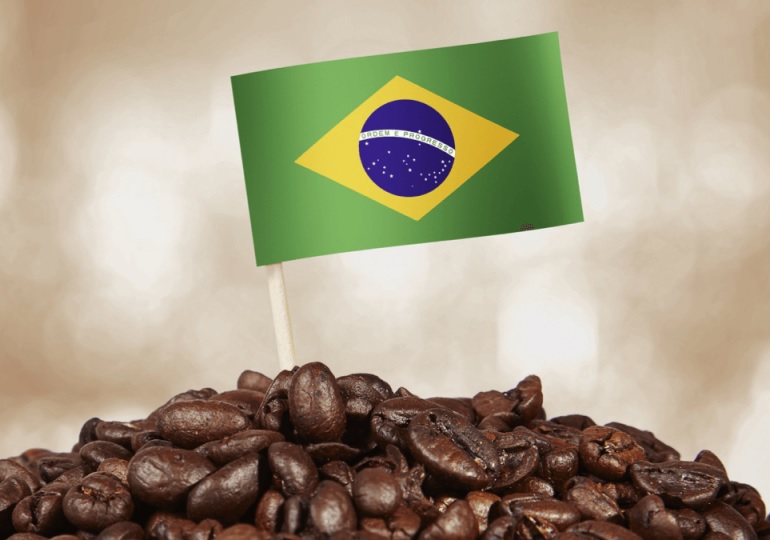RIO DE JANEIRO, BRAZIL – With the harvest of a crop below potential in 2022, Brazil should see an increase in coffee production in 2023, but a relief from the tight stocks should only be felt from 2024 onwards, evaluated the president of the Brazilian Coffee Industry Association (Abic).
Pavel Cardoso, who was elected in June to lead the association of roasters in Brazil until 2025, commented in an interview with Reuters that the firmness of exports and national coffee consumption does not give room to climate problems, which explains the sustained future prices of the commodity, while the physical market does not decline despite the already advanced harvest in the country.
Since the end of March, when producers in Brazil begin to prepare for the harvest, Arabica prices have risen by about R$100 (US$18.5) per bag, to around R$1,350, according to the Cepea/Esalq indicator.

So far, the total harvested is close to 50% of the expected production.
“From 2024 on, we may have a larger supply, but in the 18-month horizon, there is no change in the tightening scenario,” he told Reuters.
To justify his assessment, Cardoso cited projections from the National Supply Company (Conab), which in its latest survey reduced the forecast for the 2022 national crop to 53.4 million bags, with the arabica harvest feeling the effects of frosts and drought in 2021.
He also said that the country has been exporting 40 million bags annually, while Brazilian demand is approaching 22 million bags yearly, resulting in reduced stocks.
Conab’s projections are traditionally below market projections. Rabobank, for example, projects the national crop this year at 64.5 million bags – even so, the balance is relatively tight, considering exports and consumption.
The president of Abic estimates that the frosts of 2021 contributed to an inversion of the biannual cycle of Arabica in 2022, which leads him to believe that 2023’s may exceed this year’s production.
“Even with a good supply in 2023, considering a harvest of 65 million bags, for example, exports of 40 and consumption of 22… within this scenario, if there are no good rains at flowering (for 2023) and if there is any negative weather event, we will again have a fair supply in the next harvest,” he said.
CHALLENGES
Cardoso, a partner manager of Sobésa, the largest coffee industry in Bahia state and one of the largest in Brazil, said that the sector has not yet managed to pass on all the costs of the raw material, which increased over 150% in 12 months – since the frosts -, having passed on about a third of this.
Thus, the scenario is of sustained prices for consumers in Brazil, the second-largest global market in coffee consumption, behind only the United States.
Cardoso also commented that one of his administration’s guidelines at the head of Abic would be to promote Brazilian roasted and ground coffee internationally, whose exports are only around tens of thousands of bags a year, while shipments of the green product add up to tens of millions.
“We produce not only the largest quantity, but we have the best coffee, and this quality is perceived here but is not perceived by the consumer in the world,” he said, affirming that this marketing plan is still being developed.
Cardoso’s industry, Sobésa, already exports roasted and ground coffee to the United States and is working on opening two other markets, which were not disclosed.
With information from Reuters

